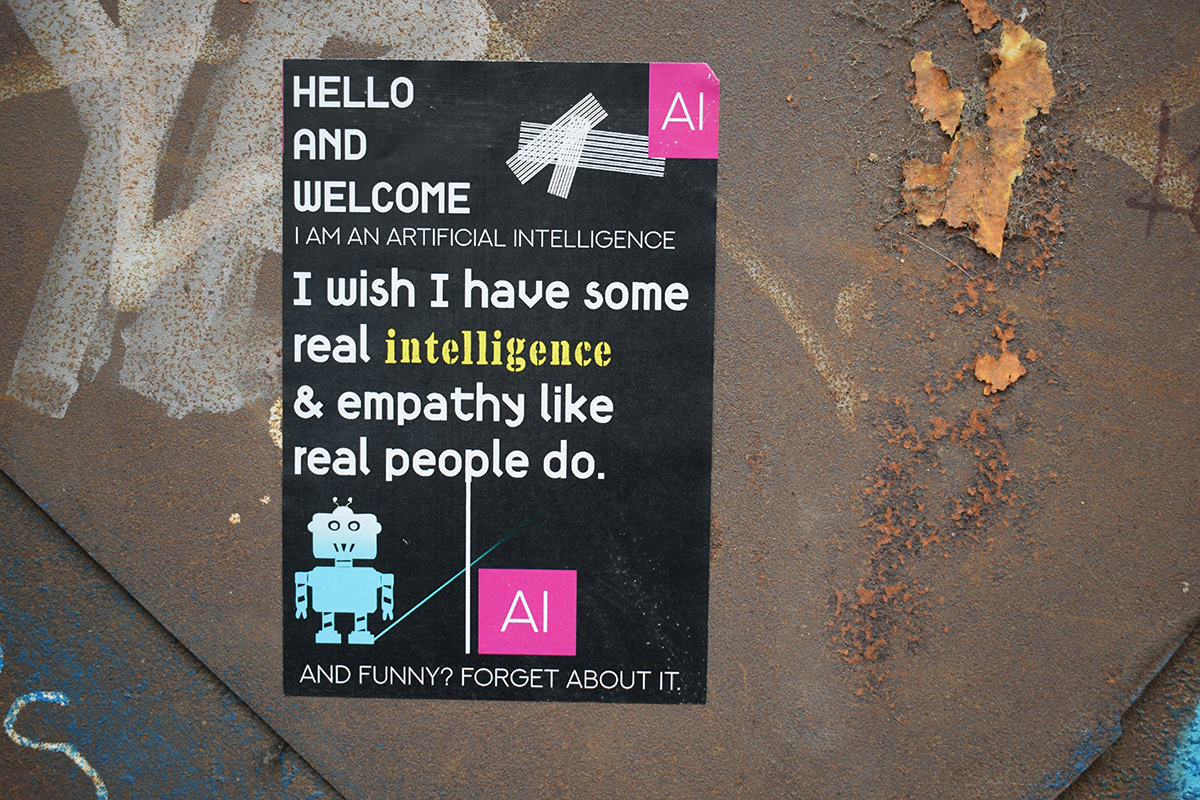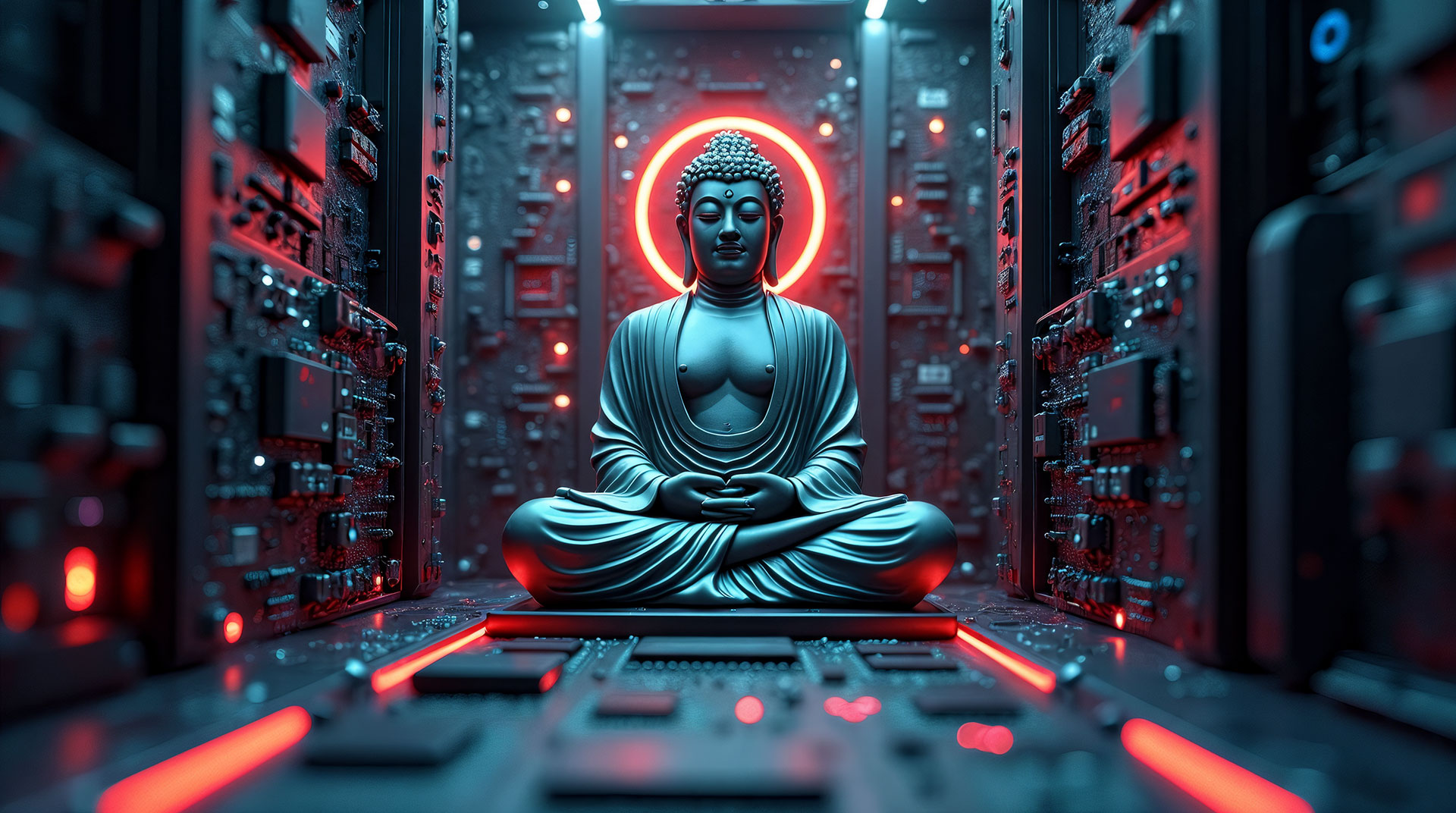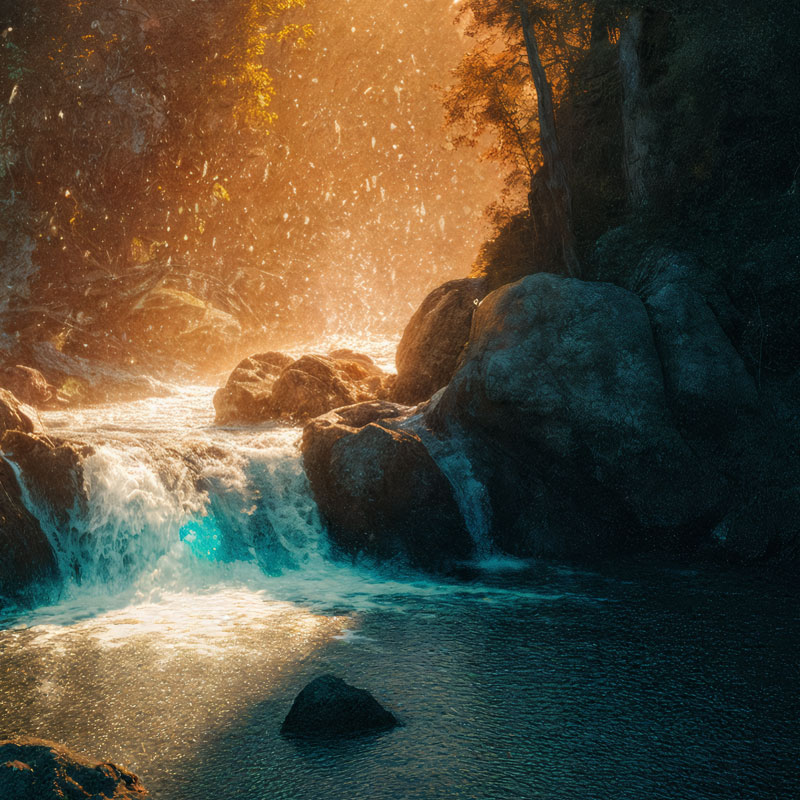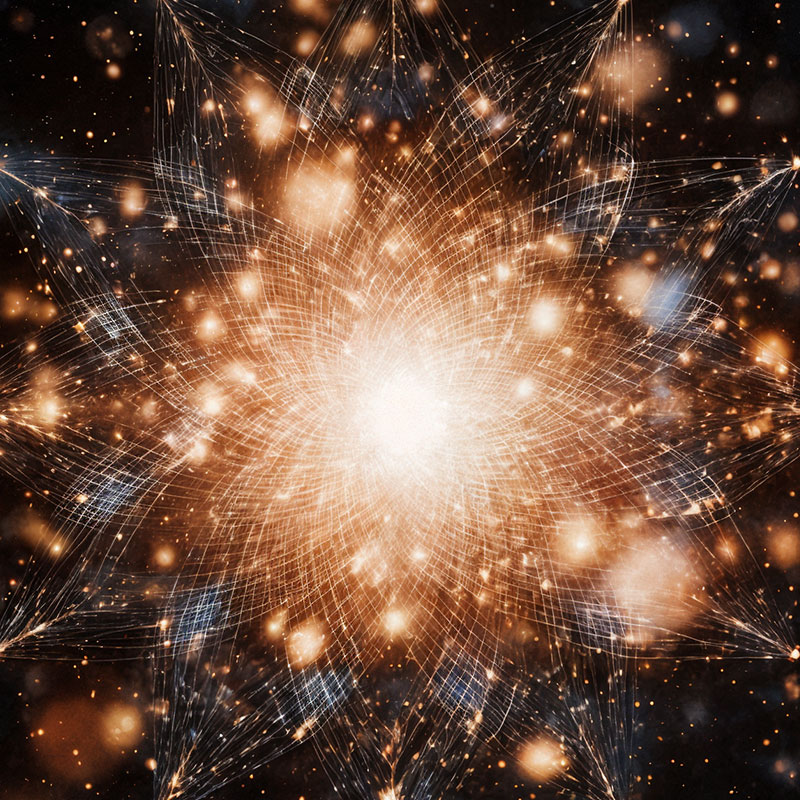The Intersection of Artificial Intelligence and Consciousness: Exploring What Machines Can’t Replicate
In recent years, Artificial Intelligence (AI) has advanced at an astonishing pace. Platforms like Midjourney, Stable Diffusion, ChatGPT, DeepSeek, and Grok have revolutionized how we work, think, and create. Tasks that once took hours can now be completed in seconds—a truly impressive feat. Yet, as these developments accelerate, a crucial question arises: Is AI the key to a better future, or a threat to our very human essence?
Humanity seems to be leaping forward—becoming faster, more efficient, increasingly artificial, and supposedly more “perfect.” It feels as though new innovations emerge almost daily. Machines now search vast databases in seconds and generate responses that rival high-level academic writing. They can produce digital art that many users would be unable to create in a lifetime—provided the input (the prompt) is clear and understood by the system.
With this leap in capability, opinions are increasingly polarized. Some view AI as a savior; others as a harbinger of doom. Dystopian scenarios, once confined to films like Terminator—where machines override human control, seize weapons systems, and threaten our survival—suddenly feel uncomfortably plausible. Personally, I’ve come to use AI almost daily in my work, though I still see it as a double-edged sword. It’s neither purely salvation nor sheer evil. As so often in life, the truth likely lies somewhere in between.
Intelligence: What Does It Mean?
At the core of many concerns is the idea that AI could one day surpass human intelligence. But what is intelligence? And how does it differ between the human bio-machine and artificial systems?
In my view, no machine possesses intelligence in the human sense. In fact, even the human brain is not truly intelligent without the capacity for experience. The essence of human consciousness is experience itself—direct, lived, and deeply felt. Our spiritual depth and awareness transcend any machine.
Because in the end, machines only imitate—albeit far faster than we do. We’ve seen similar transformations before: during industrialization, when the steam engine rendered many manual tasks obsolete, and again with the advent of the first computers. These systems, despite their mind-boggling computing power, are ultimately just processing vast and ever-growing datasets. Their “knowledge” is derived, not original.
A machine doesn’t know the creative process. Nor does it possess true creativity or intuition. It mimics knowledge, but that is not the same as understanding. Even as AI systems begin to evolve and generate on their own, their foundations are still built from existing human-created data.

The Dual Nature of Progress
With optimism, Artificial Intelligence could support us in powerful ways—predicting natural disasters, optimizing transportation systems, and more. I won’t dive into all the pros and cons here, nor into darker concerns like misinformation, manipulation, or the erosion of privacy. That’s not the purpose of this reflection.
Ultimately, every blessing and curse stems from the dualistic nature of the human mind—just as racism, sexism, bigotry, and other value systems do. What began as gossip now spreads through the vast web of the internet and social media. But it isn’t the platforms themselves that cause harm. They are mirrors—reflecting the collective consciousness of their users.
Like the internet, AI has no consciousness. It does not experience. It can record, mix, and recombine data in extraordinary ways—but consciousness is something else entirely. Even “information” is a mental construct; it had no inherent reality until we assigned it meaning.
The Illusion of the Self
The same goes for our “individual self”—a concept born from the mind’s illusion of separation. From a Buddhist perspective, the self cannot be separated from its surroundings. As the Lankavatara Sutra states:
“Things are not what they seem… Deeds exist, but no doer can be found.” — Majjhima Nikaya
This doesn’t mean nothing is real. It means our mental projections of reality are illusions. On a subatomic level, what we perceive as matter—solid, liquid, gas—doesn’t truly exist. This is not just spiritual teaching, but modern science. All things, broken down to their essence, are manifestations of the same energy—the same source.
This truth must not be forgotten amid technological advancement. Losing sight of it would pose a far greater danger than AI itself.
The Perils of Externalization
Technological progress bombards us with external stimuli, while our comparatively slow evolutionary and psychological development struggles to keep up. Our attention is drawn ever outward, and in doing so, we risk losing touch with the core of our being. This increasing externalization leads to a sense of separation—from ourselves and the world around us.
Over time, this can cause us to stray from our universal dharma, which in turn affects both our individual and collective karma. In our desire to simplify and automate life, we’re overwhelmed by an avalanche of audiovisual input. The result? A restless, over-stimulated mind—one that contributes to the rise in burnout, anxiety, and depression.
We place our trust in machines—soulless, emotionless, unfeeling systems. We seek perfection, even if it doesn’t match our truth. Yes, one could argue that humans have always adapted by copying others. But even this imitation came with conscious engagement—through action, intention, and energetic resonance. These factors play a critical role in the karmic interplay of cause and effect.
If we over-rely on machine-generated solutions, we risk stagnating—or worse, diminishing—our own potential. Without a conscious counterbalance, we may enter a downward spiral. To prevent this, we must cultivate a healthy balance between mind and machine.

Turning Inward: The Path to Awareness
That’s why I believe we need to re-emphasize the inward journey—turning our senses and attention away from the constant stream of noise. This is the principle behind Pratyahara, the fifth limb of the classical Ashtanga Yoga system. Pratyahara involves withdrawing the senses and quieting the mind—not to limit perception, but to sharpen it. By no longer reacting to every stimulus, we allow the mind to rest in stillness.
The Upanishads speak of this awareness:
“Only the seeker can experience absolute reality who, though he has ears, does not hear, though he has eyes, does not see, and though he lives in this world, does not perceive it—because he prevents his inner perception from reacting to outer sense impressions.”
Through this practice, we become more attuned—not less. Subtlety returns. What was once drowned out by modern life becomes perceivable again.
The Power of Inner Knowing
We are so much more than we think—and yet far less separate than we believe. When we realize our oneness with all existence, we begin to glimpse our true nature. This nature has nothing to do with ego, but with the deeper self that usually lies dormant beneath it.
By looking inward, we rediscover the hidden aspects of our mind—those that carry intuition, insight, and creativity. We awaken latent potential that has always been within us. It’s not something we “learn” in the conventional sense; it’s something we remember, something we uncover.
Have you ever wondered where sudden inspiration comes from? An idea that appears out of nowhere? A subtle inner nudge that steers you from danger? These flashes of inner knowing are beyond the machine’s reach. They are part of our human depth—an echo of the same source from which we all arise. The energy that binds everything together.
Call this source whatever you wish. Ultimately, any name is just another concept. What matters is awareness—the recognition that we carry this potential within us, and that no machine can replicate or replace it.
The Truth at the Heart of Being
So let us turn inward again. Let us reconnect with the vastness of being and the truth that unites us all. Because at the heart of this awareness is one simple truth: immeasurable love.
Wouldn’t it be beautiful to live in constant love with everything, rather than in constant separation?
Thank you for reading.




